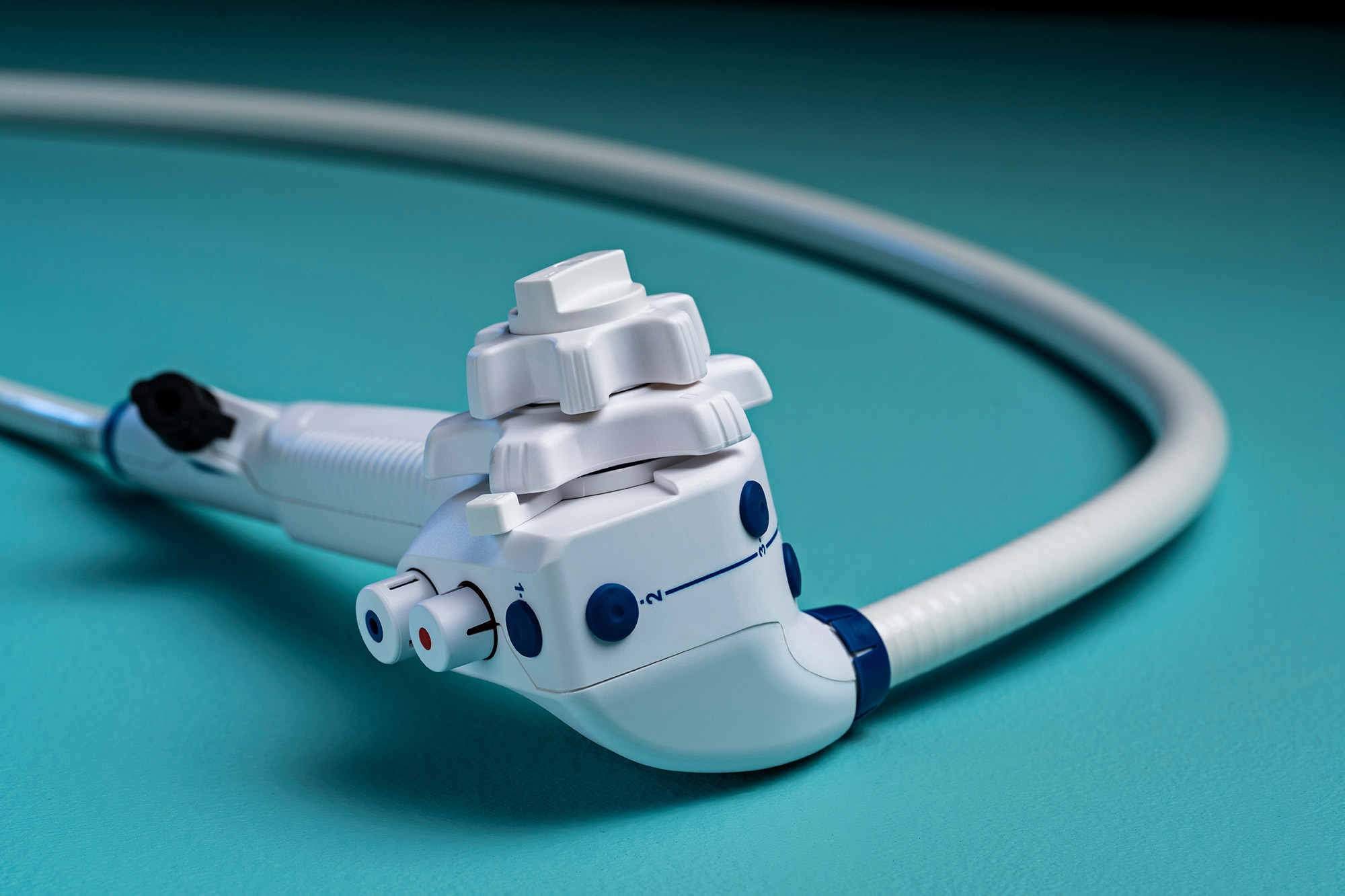
Thulium fiber lasers achieve significantly higher stone-free rates after a ureteroscopy lithotripsy for renal stones compared with holmium lasers, according to a new study.
A ureteroscopy lithotripsy procedure using thulium laser technology resulted in a stone-free rate of 92 percent for ureteral stones and 86 percent for renal stones. For the same procedure, a holmium laser achieved a stone-free rate of 67 percent for ureteral stones and 49 percent for renal stones, according to a group of urologists from Haukeland University Hospital in Bergan, Norway.
The findings are based on a study published in European Urology, which examined outcomes from a randomized clinical trial held at a Norwegian hospital by a group of urologists over six months in 2021.
Holmium laser technology has long been considered the gold standard for ureteroscopy lithotripsy procedures. Thulium fiber laser technology is relatively new to urology.
Thulium lasers emit infrared light, are very efficient at breaking down stones, and produce a lower threshold for tissue ablation (a minimally invasive procedure doctors use to destroy abnormal tissue) and stone lithotripsy, according to the urologist's findings.
The average operating time for a URS procedure using a Thulium fiber laser was approximately 49 minutes, compared with 57 minutes with a holmium laser.


